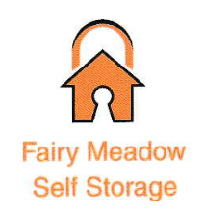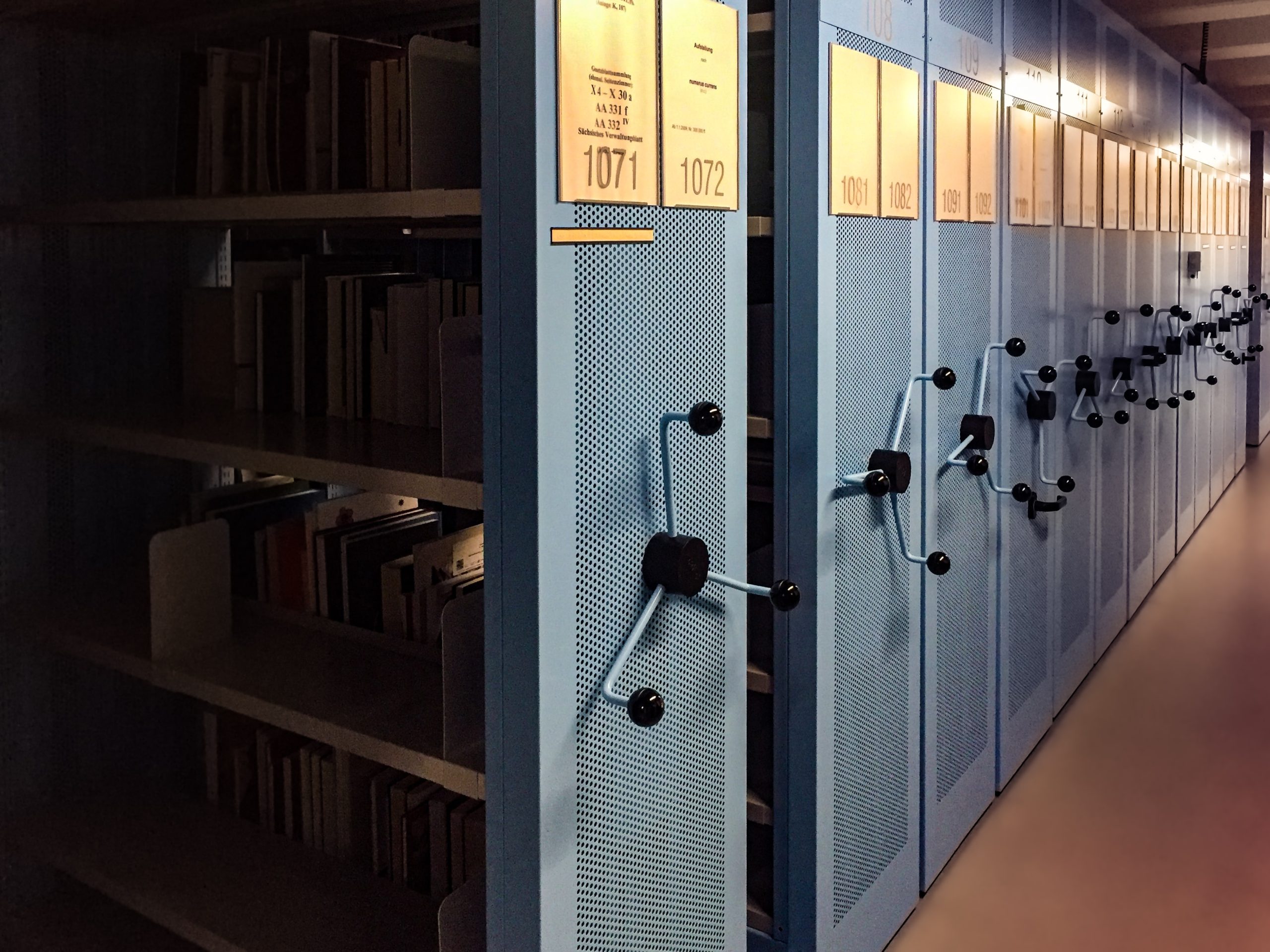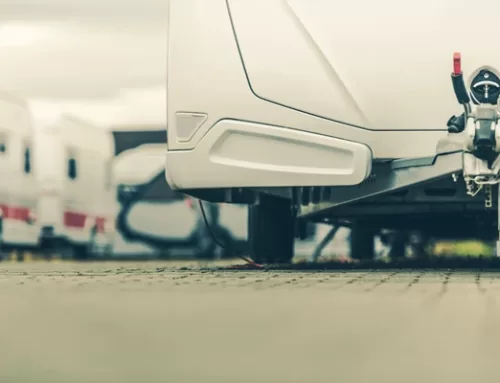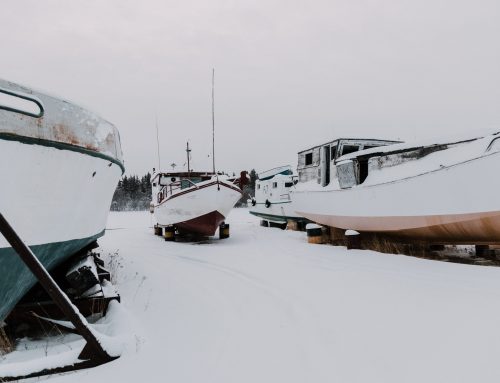Making the most of your self-storage unit is a bit of an art, and there are a few key tips and tricks you should know. For example, you should clean the unit before you put things in it, use all the space you have, and make maps and inventories.
So, if you want to know how to use every inch of space in a self-storage unit, read these helpful tips.
Vacuum Pack Clothes And Bedsheets
Many people save old garments because they don’t use them, but they’re too valuable to throw away or give away. Isn’t it true that they’ll be considered vintage, retro, or just back in vogue again someday? Regardless of why you’d want to keep your old clothing, they’ll take up a lot of space.
Vacuum roll bags are a great way to save on storage space. Rolling all the air out of the contents leaves you with an extremely flat package that doesn’t ruin your clothing. These bags are brilliant. They’re watertight and dust-proof, and they don’t wear out as cardboard boxes do. It’s possible to get the same effects without using a vacuum, but it’s more cumbersome. It’s possible to buy large enough bags for bedding, pillows, and duvets.
Take Photos
You’ll always put something away and then need it the next day. Or the next day. It’s just one of those things. You can get into your storage unit at any time with your own code and padlock, but it might be hard to find the item once you’re inside unless you’ve taken a picture of what’s in the box.
Taking a photo of the contents, printing it out, and putting it in a clear plastic folder to keep it from ripping is easy and works well. This goes on the side of the box, not on top. You could also write a list of what’s inside on the side. Then, all you have to do is look to find what you want.
Buy The Right Sized Boxes
You’d be surprised at how much space packaging wastes. People often buy boxes in large quantities without paying much attention to how big they are. But the best thing to do is to get boxes that are the right size for what you’re putting in them. For example, don’t buy a big box and fill the bottom with heavy books and leave the rest empty because it’s too heavy to move. Instead, put those books in a smaller box. Then there will be room to put more boxes on top.
Plan Your Layout
No matter how often you’ll be using your storage unit, it’s important to plan how the space will be used. Also, it’s always easier to pack quickly if you plan ahead instead of putting random things in a storage unit until it’s full. The only thing that will happen is that the storage unit will be a mess, and nothing will be easy to find.
Put heavy things against the walls and leave a path through the middle. This is a great way to make sure you can get to your boxes quickly and easily, no matter where they are. You could make a floor plan to help you remember where each box is, to make things even easier.
Disassemble Furniture
Before you put things in your storage unit, you can save time and a lot of space by taking some things apart. Some furniture pieces, like TV stands, tables, desks, chairs, and sideboards, can be taken apart. Use the space in drawers or cabinets to store smaller items, but make sure to tape the nuts, bolts, and other small parts in a clear plastic bag to the item they go with.
For example, you can put books, CDs, or DVDs in the fridge, but if you do, you should leave the door open to let air circulate. Another good idea is to store extra tools or utensils in empty rubbish bins. No matter what you decide, label the drawers so you know what’s inside, and try to keep things that are the same together.
Pack Big Items First
If you want to store beds, mattresses, or other big pieces of furniture, it’s best to stack them up. By doing this, you’ll get the most out of the vertical space, giving you more room for the rest of your things.
Also, you should put large, bulky items in the storage unit first, preferably against the walls. So, when you are looking for something specific, like the smaller boxes in the middle of the unit, it won’t get in the way.
Use desks or dining room tables as strong bases for stacking things on top of them. This will save even more space, but make sure to protect the furniture by wrapping it in bubble wrap, a blanket, or high-density plastic.






